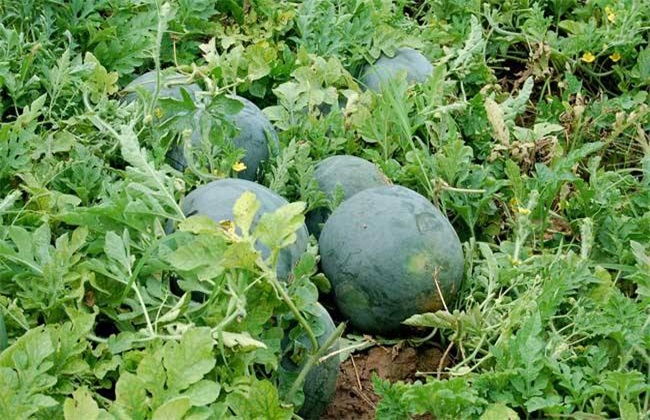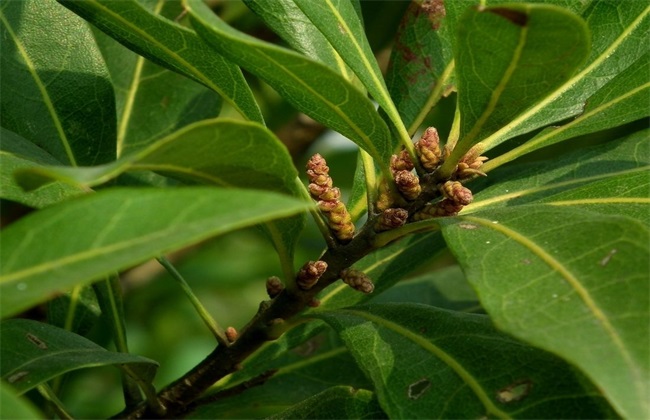Key points of management of kiwifruit flowering and fruiting stage
Kiwifruit is a kind of fruit that most people like. April-May is the flowering and fruit period of kiwifruit. At this time, management measures have a lot of impact on kiwifruit, so pay attention to it. So how to manage the flowering and fruiting period of kiwifruit? Let's get to know it.

I. florescence management
1. Flower thinning
Kiwifruit flowers, high seed setting rate, easy to bear fruit in normal climate, hanging fruit quantity, if more fruit drop, too much nutrition consumption, will seriously reduce the fruit yield and quality, so florescence management aims at high yield, stable yield and high quality. First of all, it is necessary to carry out flower thinning work, when the fruiting branch grows to more than 50 cm, the flower bud can open, and the method of flower thinning is the sparse middle and outside, that is, to remove the weak buds at the base and tip of the fruiting branch, as well as the dysplastic flower buds on the same inflorescence.
2. Auxiliary pollination
In order to improve the fruit setting rate and yield, auxiliary pollination can be carried out. Auxiliary pollination is generally carried out in the sunny morning, generally pollinating 3-4 times every orchard and every 1-2 days. There are many methods of auxiliary pollination. there are three common pollination methods: flower pollination, bee pollination and pollinator pollination. pollination is to collect the male flowers that just opened that morning and gently apply the stamens of the male flowers on the stigma of the female flowers. Each male flower can get 7-8 female flowers; bee pollination is to put bees in the orchard, generally 2 mu of kiwifruit orchards should have 1 box of bees, each box should not be less than 30000 Pollinator pollination is to put the pollen into the needle contact kiwifruit special pollinator, dipped on a flower, gently dipped on the female flower stigma.
Second, post-fruit management
1. Fruit thinning
Kiwifruit is too large, plant nutrition can not keep up, will lead to a large number of poor fruit growth, so timely remove some deformed fruit, small fruit, sick and weak fruit, in order to save nutrients and promote the growth of other fruits. In addition, if the amount of hanging fruit exceeds the target of retaining the fruit, the fruit at the base or end of the fruiting branch is removed to ensure the balance of the tree.
2. Apply good fertilizer to strong fruit
Fruit growth and development needs a lot of nutrition, tree nutrition deficiency will not only lead to poor fruit growth, but also cause premature senescence and death of the plant, so it is necessary to apply strong fruit fertilizer. Strong fruit fertilizer can choose mature farm fertilizer as the base fertilizer, the growth of monkey peach needs higher chlorine element, can also be chlorine-based compound fertilizer, topdressing can apply more potassium chloride.
3. Fruit bagging
Bagging the fruit can avoid sunburn, prevent dust and pesticide pollution, reduce fruit drop, prolong storage time, improve fruit appearance, and improve commodity value. It is suggested that the paper bag with good air permeability, low water absorption and soft texture should be selected, and the bagging time should be grasped well. Bagging is too early, it is easy to hurt the stem, affect the fruit growth, form low yield, bagging too late, the effect is not obvious. Generally, bagging can be done after flowering, and bagging should be stopped about 25 days after flowering.
The above is the key points of kiwifruit flower and fruit management, hope to help you, want to know more related knowledge, please pay attention to us.
Related
- Moge, come on! The staff of the peasant association in the producing area of cantaloupe were frightened when the crowd gathered.
- Causes and Solutions of low Fruit setting rate of Apple
- Symptoms and control measures of passion fruit virus disease
- Fruit growing lesson: how do apple orchards keep high yields?
- Can you build orchards in the mountains? What are the pros and cons?
- How to manage the coloring period of Crisson grape?
- This paper introduces the processing technology of two kinds of fig products.
- How much is a month for retired teachers in rural areas by 2020?
- How can strawberry planting increase sugar content? We should pay attention to management in many aspects.
- What are the cultivation techniques on how to improve the yield of golden fruit?



